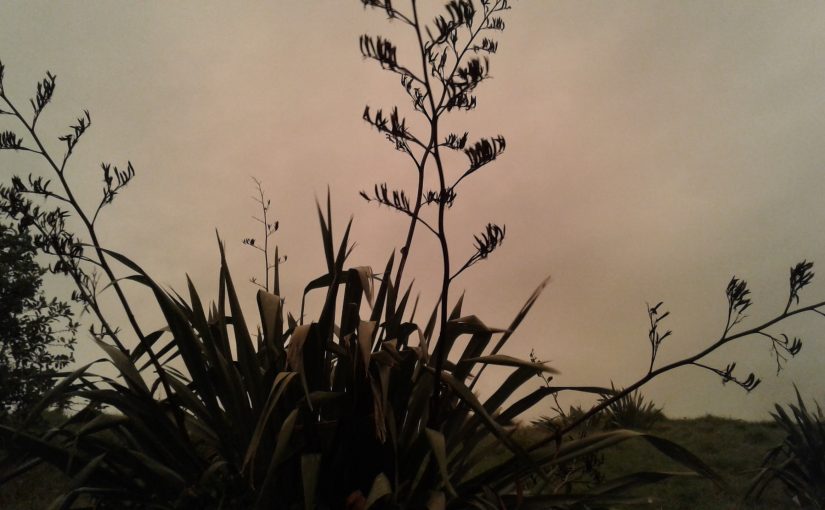Lyndsey Williamson
How did I come to BE on Rakino? A very good question indeed. I still wonder at this, & sometimes, I can hardly believe I am so fortunate to BE here now. The interesting thing is, I’d only visited Rakino 3 times before I moved here, permanently. Resident number 20. It was the 2nd visit that got me thinking & connecting the dots. Besides the amazing location, the raw & natural beauty all around, it was the people & their quality of life that really hit home to me. They are a tight knit community of caring souls, who deeply love where they live & have enormous respect & pride in keeping this island pure & natural.
My 3rd visit, with 18 friends & family, we celebrated my 60th birthday on Rakino, late November 2018. On our 2nd day here while out wandering, we came upon an open home & I said “let’s take a look”. So we did, & I think many of my friends could actually imagine themselves standing in this house, admiring the views to everywhere. I was smitten & spent a few hours with the owner while she showed me around & explained how the solar worked plus a few other essential bits one needs to know when living in an off-grid environment. One year later, almost to the day, I moved into my new home, 51 Ocean View Cres. Ta-daa! Just like that.
So, after living for nearly 30 years in Northland, here I am, large as life & loving it. No regrets at all. Yes, there are daily challenges to face, but they are of the sort that makes a person appreciate the finer points of living a wholesome, worthwhile life where everything you do is about making life more comfy & sustainable & encourages you to be extremely resourceful. Go easy on the power, the sun might not shine for long, have I got enough gas in the tank to cook with, is there enough food in the pantry for a month, get the vege garden pumping, when’s the next boat. You see, there are no shops here, not one. I have to think ahead & be prepared. So, when I look around & see folk, some older than me, having incredibly rich, satisfying lives, I knew this was the chord struck in my heart. OK, I already had a foot in the door, I knew a couple of residents I thought, hey, they wouldn’t be living here if it wasn’t paradise.
Then…covid 19. Life didn’t change much, we had our own island bubble so to speak, we all checked in on each other, shared excess food around the island, we even got weekly food deliveries by boat. I knew Rakino was the place for me. I love it here, and there’s no place I’d rather be. Nothing is impossible on Rakino. I love wandering down to Maori Garden Bay, chip a few oysters off the rocks to eat, crunch into some delicious seaweed. Then again, the birds, how tame & unafraid they are, a unique experience right here for me. Walk around the beaches, roads, you never see a scrap of rubbish, none. But really, it’s the folk. Love you’s.
I wouldn’t want Rakino to add anything else to the mix other than what we already have. But, we must preserve what we already have here & care for it deeply with utmost respect.
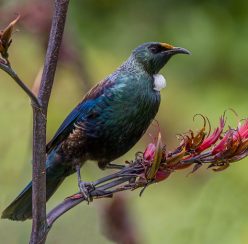


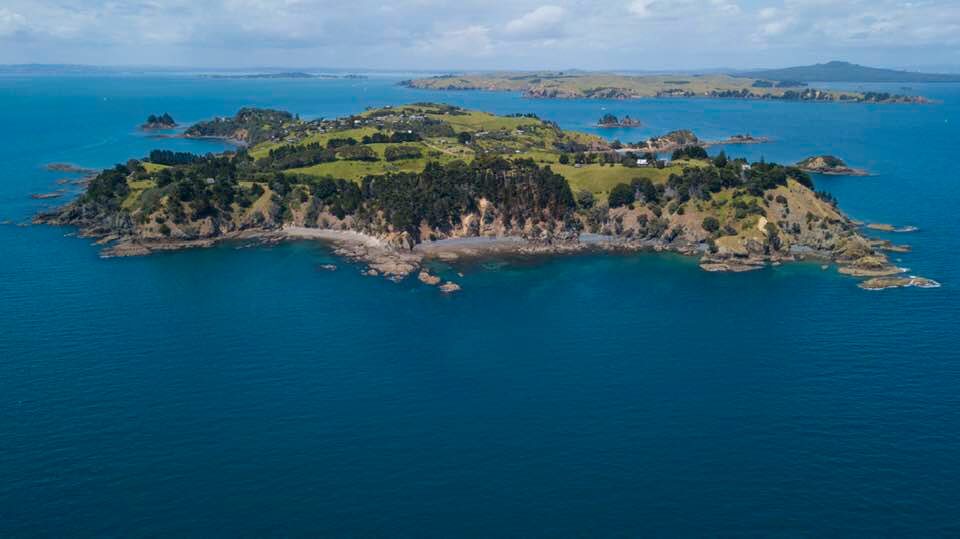


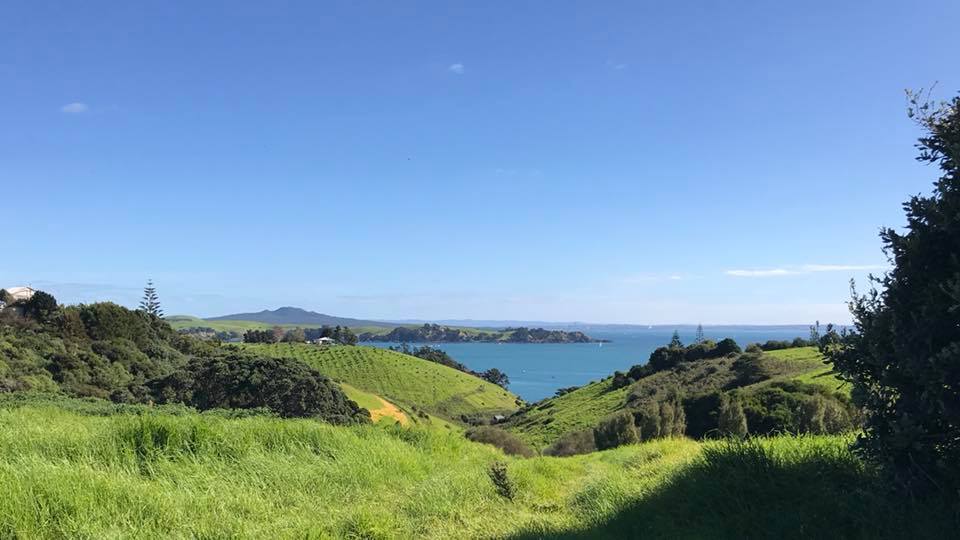
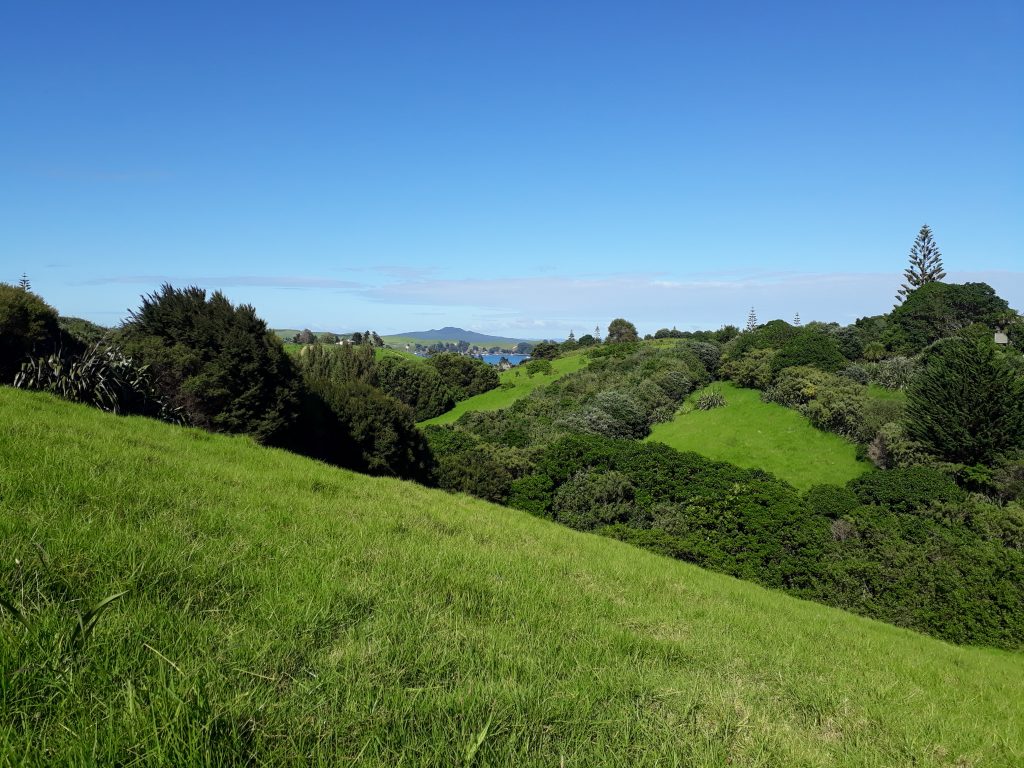



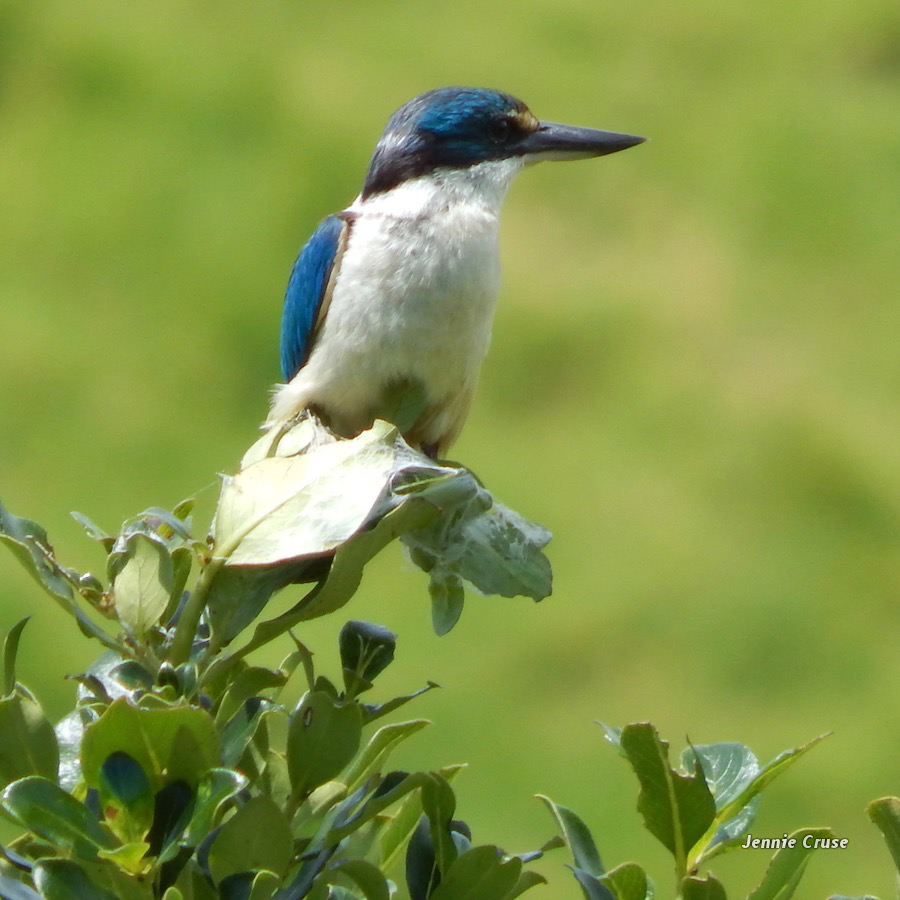



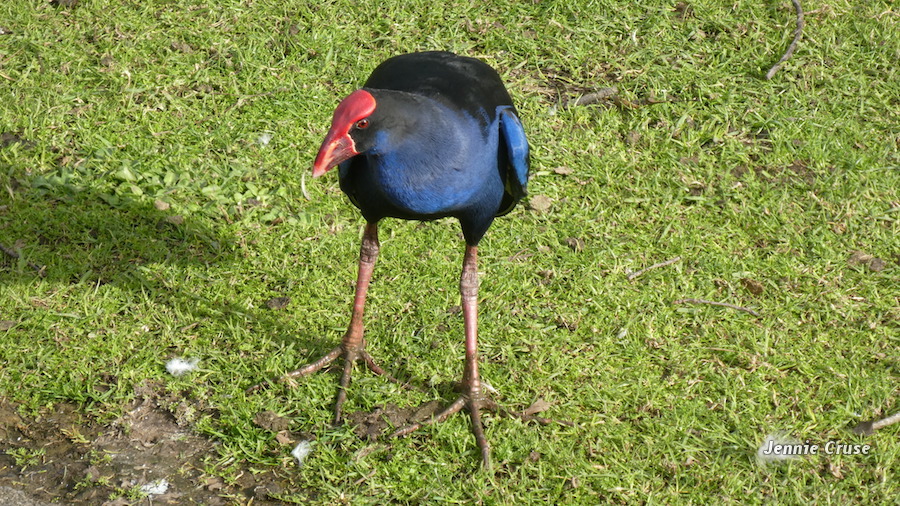







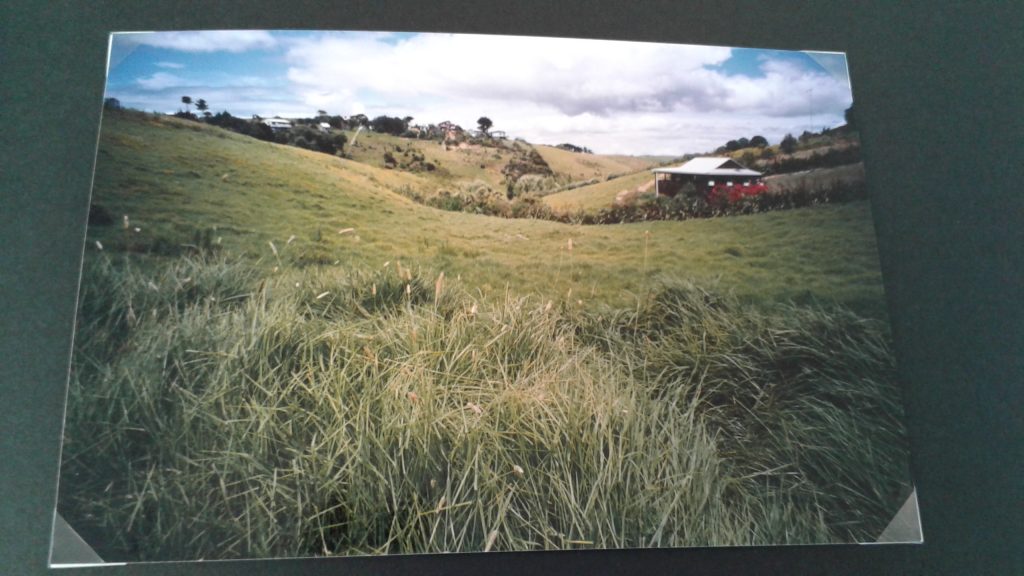

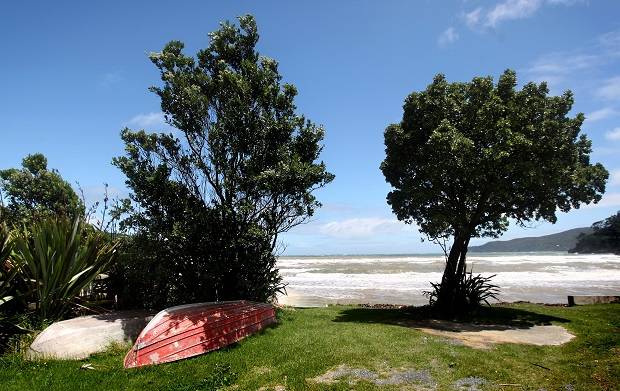

/arc-anglerfish-syd-prod-nzme.s3.amazonaws.com/public/EST2HHFSBRFBJDKQ5OPBJPM6RA.jpg)
